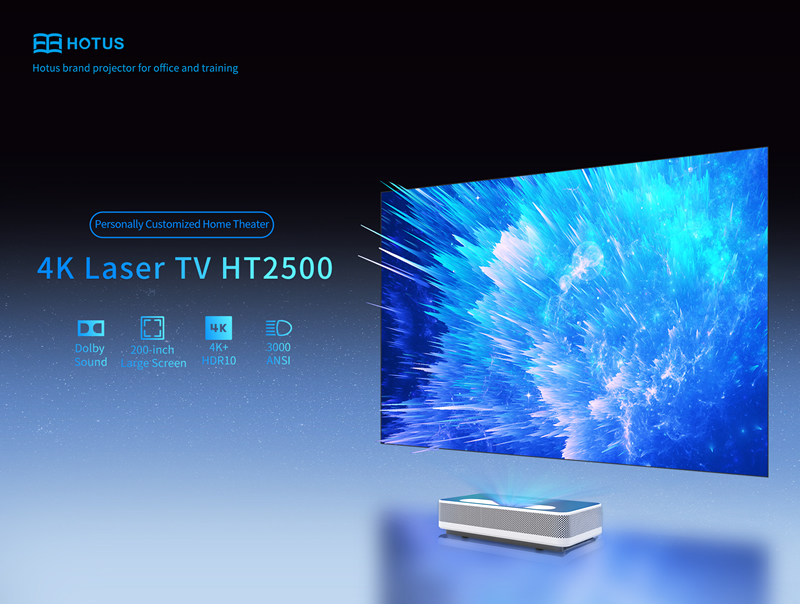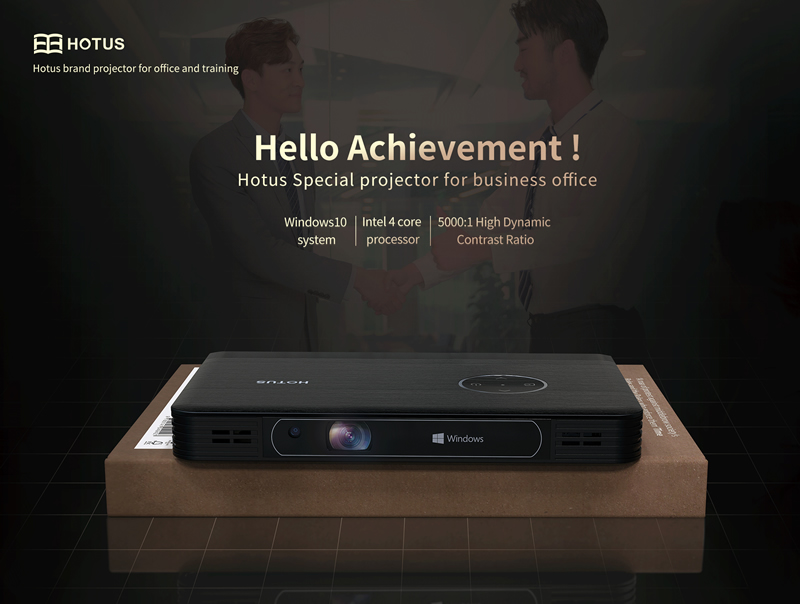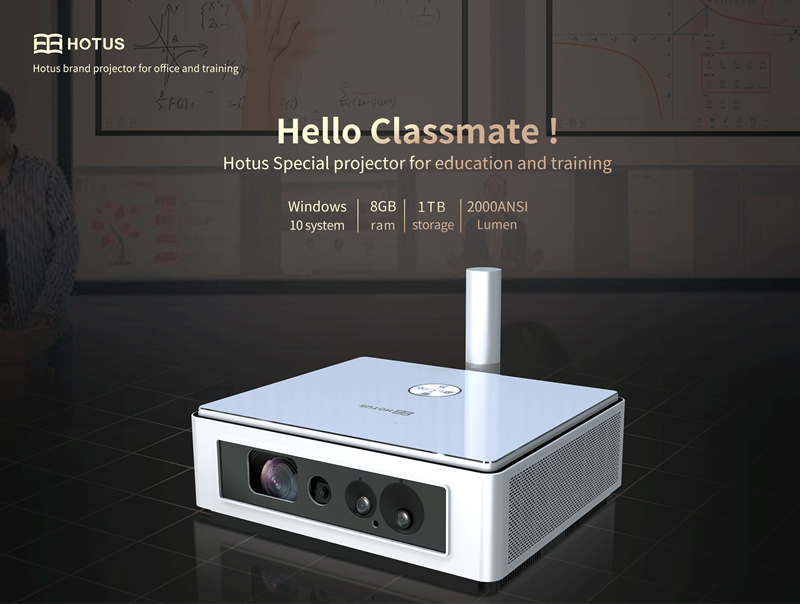- Select Language
The N40 Android smart PDA features a Cortex-A53 qu...
The R501 PDA combines a powerful MT6762 Octa-Core ...
To know more about the projector from its resolution
Keywords: Resolution. 720p. 4K. HD

When looking for the projectors, we often see such words, 720p, 1080p, 1080i, what do they mean? Let's take a look at the meaning behind these numbers and letters.
# Projector resolution
* Projection resolution refers to the original resolution of the image projected by the projector, also known as real resolution and physical resolution. The physical resolution corresponds to the compression resolution. The physical resolution determines the clarity of the image, and the compression resolution determines the scope of application of the projector.
* Projector resolution is expressed by multiplying the number of horizontal pixels in the picture by the number of vertical pixels. For example, if the physical resolution is 1280*720. It means that the number of pixels in the horizontal direction in the picture is 1280, and the number of pixels in the vertical direction is 720.

# Common projector resolutions and the situations they are suitable for
SVGA: refers to 800x600, which is generally used by economical projectors, which is not common now.
XGA: refers to 1024x768, which is generally used for mainstream business and educational projectors, and also used in some micro-projection household products.
SXGA: refers to 1400x1050, which is generally used for high-end projectors during high-end professional application scenarios such as images.
480p: refers to 852x480, which is generally used on low-end home projectors.
720p: refers to 1280x720 or 1280x768, which is mainly used in mid-range home projectors, and also used in many miniature home products.
1080p: refers to 1920x1080 or 1920x1200, which is the resolution used by mid-to-high-end home projectors.
4K: refers to 3840x2160, which is currently mainly used in high-end home projectors or engineering projectors.

# What does 720p, 1080i and 1080p mean respectively?
* The "i" stands for Interlaced Scan, and "p" stands for Progressive Scan. They refer to the way that the electron beam scans. In interlaced scanning, the electron beam scans the odd-numbered lines first, and then scans the even-numbered lines.
* In the live broadcast of some sports games or other events, the screen moves very fast. The images scanned with the interlaced scanning method may not be spliced together. Sometimes there would be ghosting and dislocation. Therefore, it is recommended to use the progressive scanning way, although part of the resolution is sacrificed, but each frame of the scanned image is completed.
* In addition, “K” represents the number of columns of horizontal pixels; 1K is 1024, and 4K is 4096. Likewise, 1920×1080 is 1.9K or 2K.
# Chip and Resolution
* For LCD projectors, the core component that determines its resolution is the liquid crystal panel. For DLP projectors, the core component that determines its resolution is the DMD chip.
* DMD chips are developed and launched by Texas in the United States. They are available in different sizes from 0.2 inch to 1.38 inch. The most common ones are 0.23 inch, 0.33 inch, and 0.47 inch, respectively corresponding to native resolutions 540p, 720p and 1080p. And they are applied to different products according to different needs.
The Mini Projector with DLP Win10 systems uses the 0.23 inch DMD chip. And both the Interactive projector and the 4K laser TV are with 0.47 inch DMD chip. Welcome to contact us at WhatsApp/Skype number “+86 138 2529 3291”, or by our email “andy@hotus.cn”, if you want to know more information about the projector.